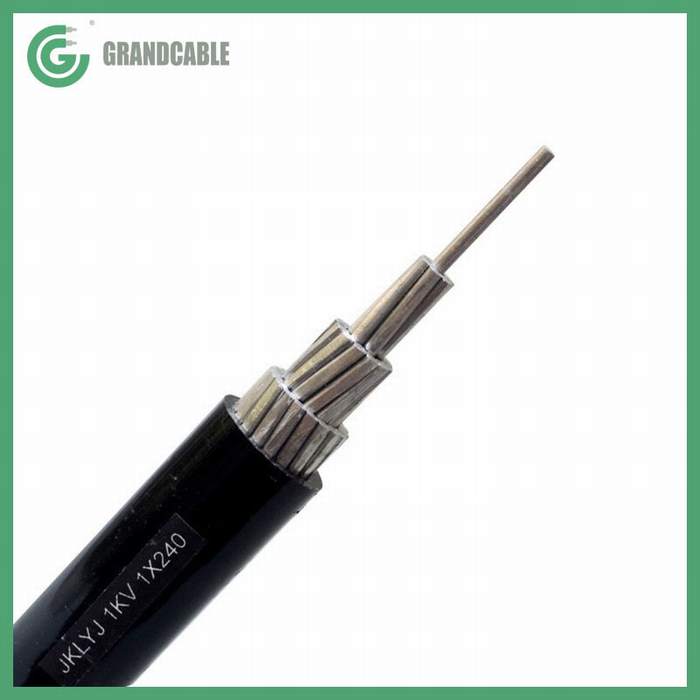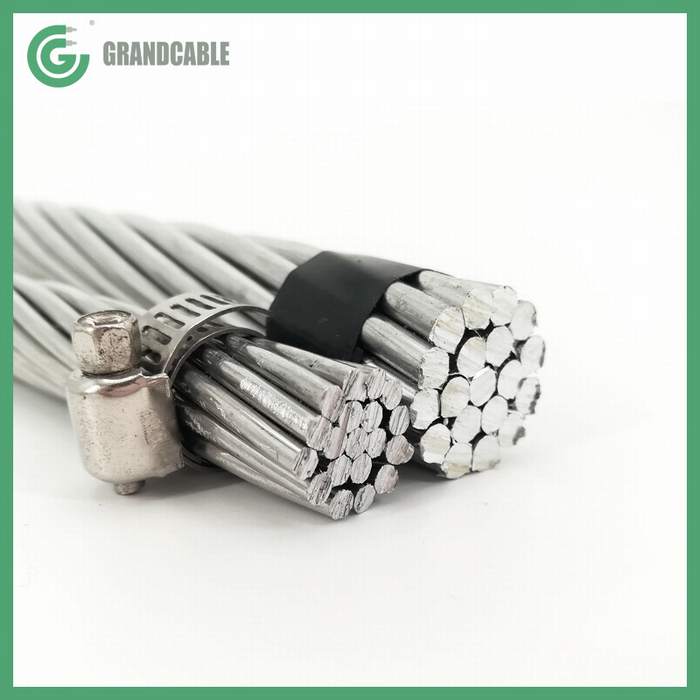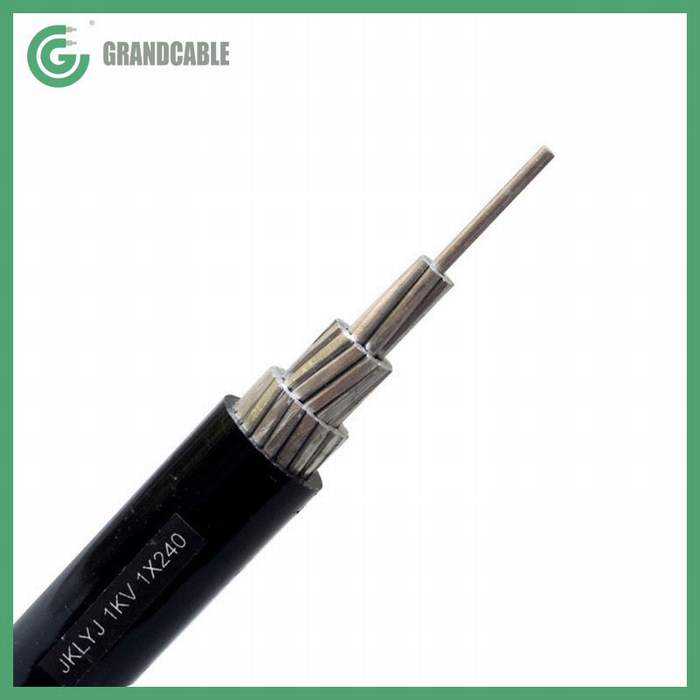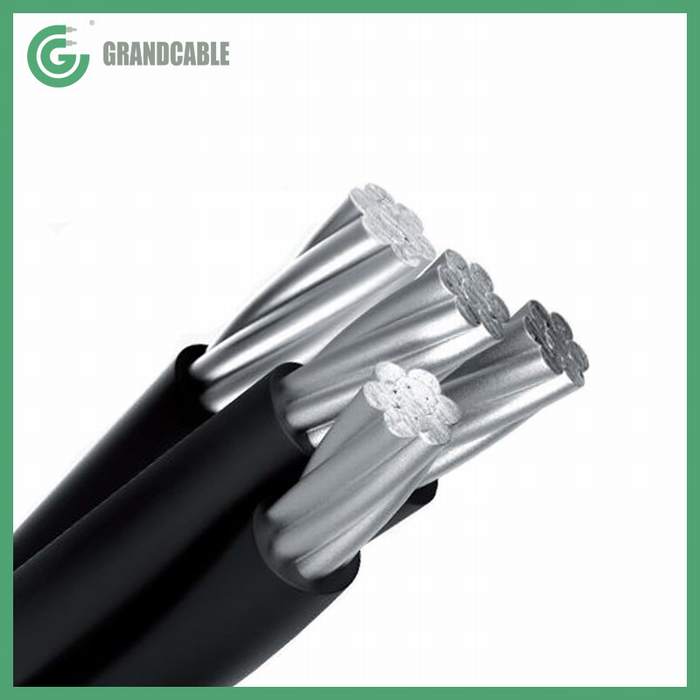Bare ACSR AAAC AAC Overhead Conductor
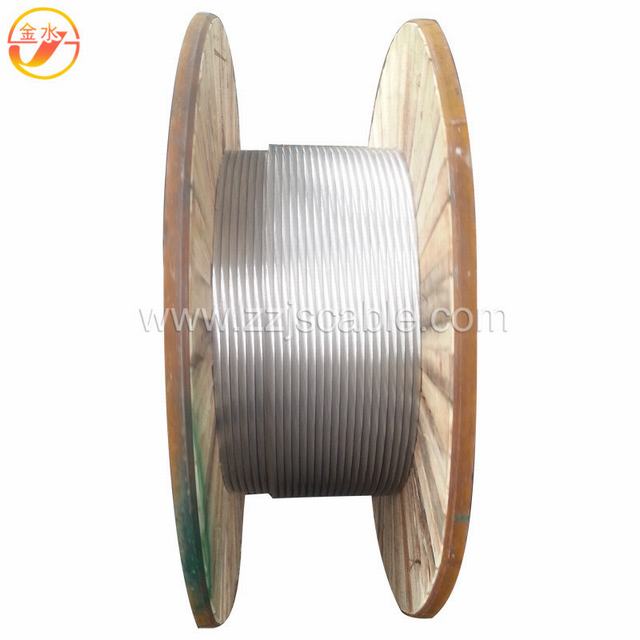
Product Description
1. Applications
Conductor(AAC and ACSR) have been widely used in power transmission lines with various voltage levels,because they have such good characteristics as simple structure,convenient installation and maintenance,low cost large transmission capacity.And they are also suitable for laying across rivers valleys and the places where special geographical features exist.
2. Service Performance
(1).The permissible long-time operating temperature for aerial conductor is 70oC.
(2).Under the circumstance that rare climate is occuring and ice coverage rate low in heavy ice area,the biggest stress of cable at the lowest point of the sag should not exceed 60% of the short-time destructive power.
(3).When connecting conductors,the conductor beside the connecting tube cant be prominent.Otherwise,the force on the operating conductors will be unbalanced.After connectors are install,the connecting tube should be painted by moisture-proof varnish in order to protect it from corrosion.
(4).Under installaion,the arc downing stress of all the conductors should be the same.With in the permissible distance of crossing buildings or dropping to the ground,the stress can be 10-15% higher than regular stress.
3.Product Performance
(1).The electrical performance of AAC and ACSR is indicated in DCΩ/km(20oC).The resistivity of the hard aluminum wire for stranded wires is not greater than 28.264 nΩ. m of international standard value.
(2).The rated tensile strength of AAC is denoted with the result of total cross-section of all aluminum conductors multiplied by min.tensile of corresponding size specified in the standard for aluminum wire.
(3).The rated tensile strengh of ACSR is denoted with sum of all aluminum conductorstensile strength and steels tensile strength.
a.The tensile strength of all aluminum conductors is denoted with the result of all cross-sections of aluminum conductors multiplied by min.tensile strength of corresponding size specified in the standard for aluminum wire.
b.The tensile strength of all steel wire is denoted with the result of all cross-sections of steel wires multiplied by the stress at 1% elongation of corresponding size specified in the standard for steel wire.
4.Material Standard
(1).The hard aluminum conductor used for AAC and ACSR conforms to the standard GB/T 17048-1997(equivalent to IEC 60889:1987).
(2).The zinc coated steel wire used for ACSR conforms to IEC 60888:1987.
(3).Production can be arranged according to customers requirements for material standard,etc.
Construction of All Aluminum Conductor and Aluminum Conductor Steel Reinforced
| Code Number | Nominal area | Stranding& | Approx | Approx | Breaking load | DC Resistance at 20 |
| Wire | overall | weight | ||||
| Diameter | diameter | |||||
| mm 2 | mm | mm | Kg/km | KN | Ohm/km | |
| 10 | 10 | 7/1.35 | 4.05 | 27.4 | 1.95 | 2.8633 |
| 16 | 16 | 7/1.71 | 5.12 | 43.8 | 3.04 | 1.7896 |
| 25 | 25 | 7/2.13 | 6.4 | 68.4 | 4.5 | 1.1453 |
| 40 | 40 | 7/2.70 | 8.09 | 109.4 | 6.8 | 0.7158 |
| 63 | 63 | 7/3.39 | 10.2 | 172.3 | 10.39 | 0.4545 |
| 100 | 100 | 19/2.59 | 12.9 | 274.8 | 17 | 0.2877 |
| 125 | 125 | 19/2.89 | 14.5 | 343.8 | 21.25 | 0.2302 |
| 160 | 160 | 19/3.27 | 16.4 | 439.8 | 26.4 | 0.1798 |
| 200 | 200 | 19/3.66 | 18.3 | 549.7 | 32 | 0.1439 |
| 250 | 250 | 19/4.09 | 20.5 | 687.1 | 40 | 0.1151 |
| 400 | 400 | 37/3.71 | 26 | 1102 | 64 | 0.0721 |
| 450 | 450 | 37/3.94 | 27.5 | 1239.8 | 72 | 0.0641 |
| 500 | 500 | 37/4.15 | 29 | 1377.6 | 80 | 0.0577 |
| 560 | 560 | 37/4.39 | 30.7 | 1542.9 | 89.6 | 0.0515 |
| 630 | 630 | 61/3.63 | 32.6 | 1738.3 | 100.8 | 0.0458 |
| 710 | 710 | 61/3.85 | 34.6 | 1959.1 | 113.6 | 0.0407 |
| 800 | 800 | 61/4.09 | 36.8 | 2207.4 | 128 | 0.0361 |
| 900 | 900 | 61/4.33 | 39 | 2483.3 | 144 | 0.0321 |
| 1000 | 1000 | 61/4.57 | 41.1 | 2759.2 | 160 | 0.0289 |
| 1120 | 1120 | 91/3.96 | 43.5 | 3093.5 | 179.2 | 0.0258 |
| 1250 | 1250 | 91/4.18 | 46 | 3452.6 | 200 | 0.0231 |
| 1400 | 1400 | 91/4.43 | 48.7 | 3866.9 | 224 | 0.0207 |
| 1500 | 1500 | 91/4.58 | 50.4 | 4143.1 | 240 | 0.0193 |



